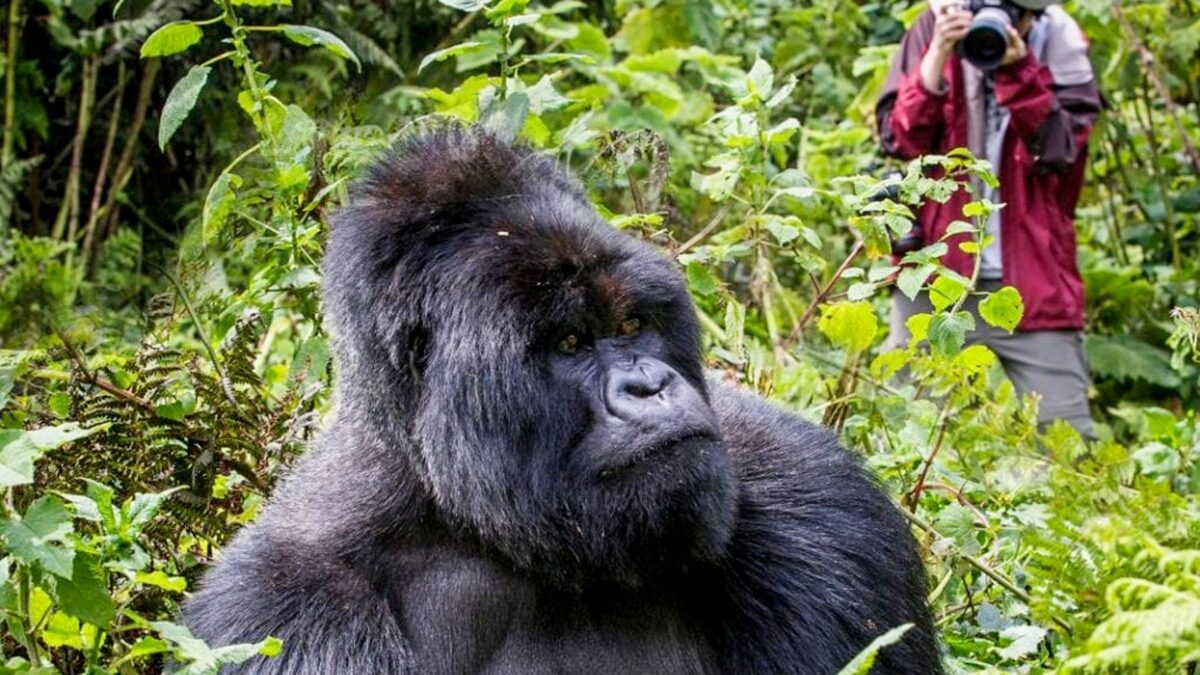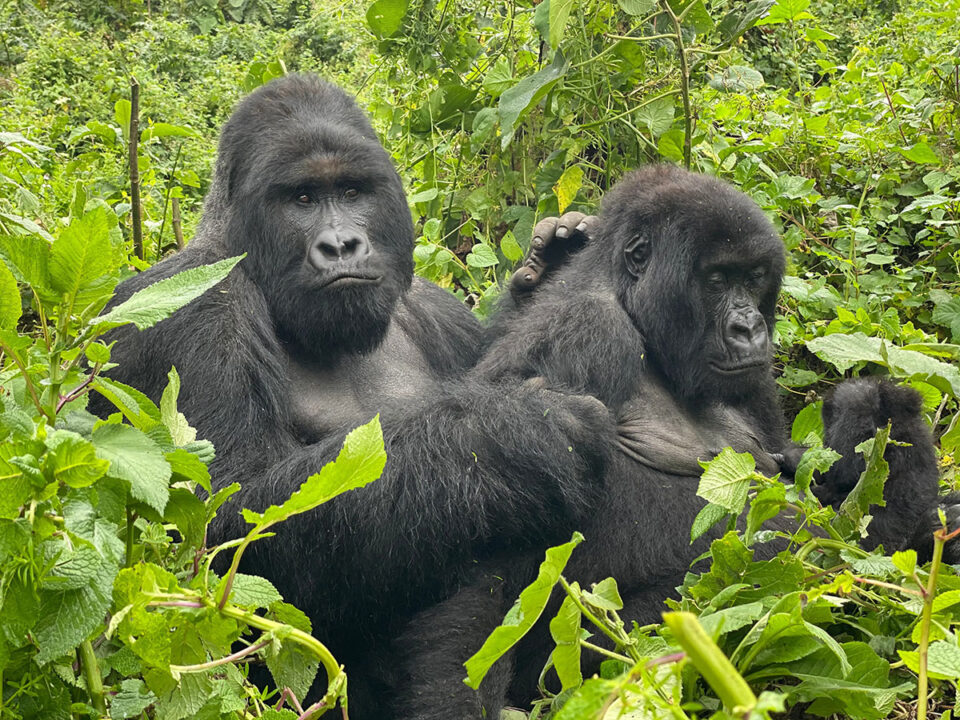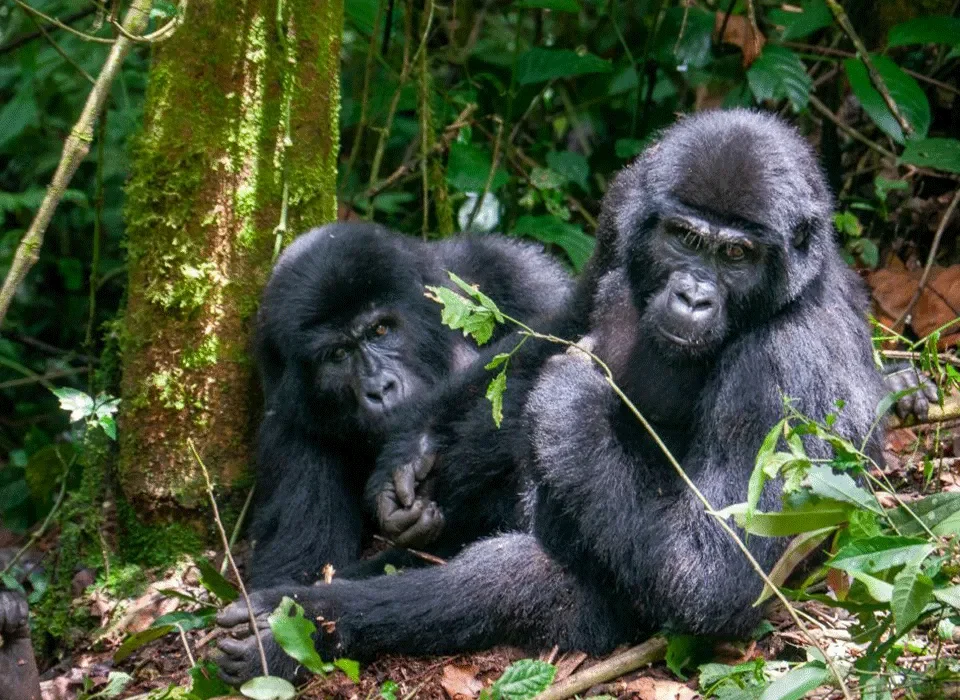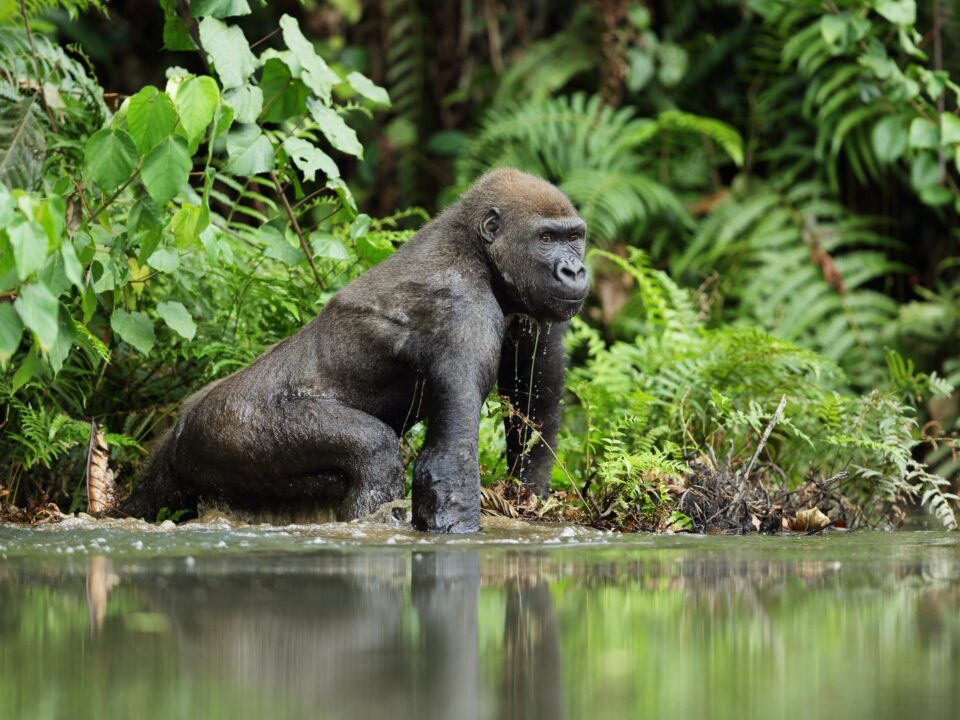Gorilla Trekking Uganda Weather

African Safaris in May
February 28, 2024
How to Plan a Safari in East Africa
February 28, 2024Gorilla Trekking Weather in Uganda – Optimal Conditions for an Enriching Experience
Before confirming their gorilla trekking safaris in Uganda, many clients and travelers express inquiries about the gorilla trekking weather, specifically in Bwindi Impenetrable National Park and Mgahinga National Park.
Bwindi forest, characterized by a tropical climate, functions as a tropical rainforest where rainfall can occur at any time of the day. The average temperatures span from 7-20°C to 20-27°C, with the forest receiving a substantial annual rainfall of up to 2390mm. Bwindi remains cold during the mornings, evenings, and nights, underscoring the importance of packing warm clothing for gorilla trekking in Uganda. The rainy months extend from March to May and September to November, although in Bwindi, rain can manifest at any time of the day. Despite the rain, gorilla trekking continues during the rainy season, contributing to a lower number of tourists. Adequate dressing is emphasized during this period.
Situated at an altitude of 2000 to 3000 meters above sea level, Bwindi’s proximity to the equator implies that unexpected rain is a regular occurrence. Consequently, the park remains never dry, necessitating careful consideration of the dressing code.
Gorilla trekking in Uganda is influenced by weather and climate conditions. During the wet seasons, the terrain becomes wet, and trails may become slippery. To mitigate this, clients are advised to utilize walking sticks and employ the assistance of porters, who can provide support and even a gentle pull or push during the trek.
While the wet season transforms the roads leading to Bwindi Impenetrable National Park from the main tarmac roads into challenging and rough surfaces, our 4×4 safari cars ensure easy access. Despite the conditions, gorilla trekking in Bwindi Impenetrable National Park remains a successful and rewarding adventure, underscoring the resilience of this remarkable experience.




